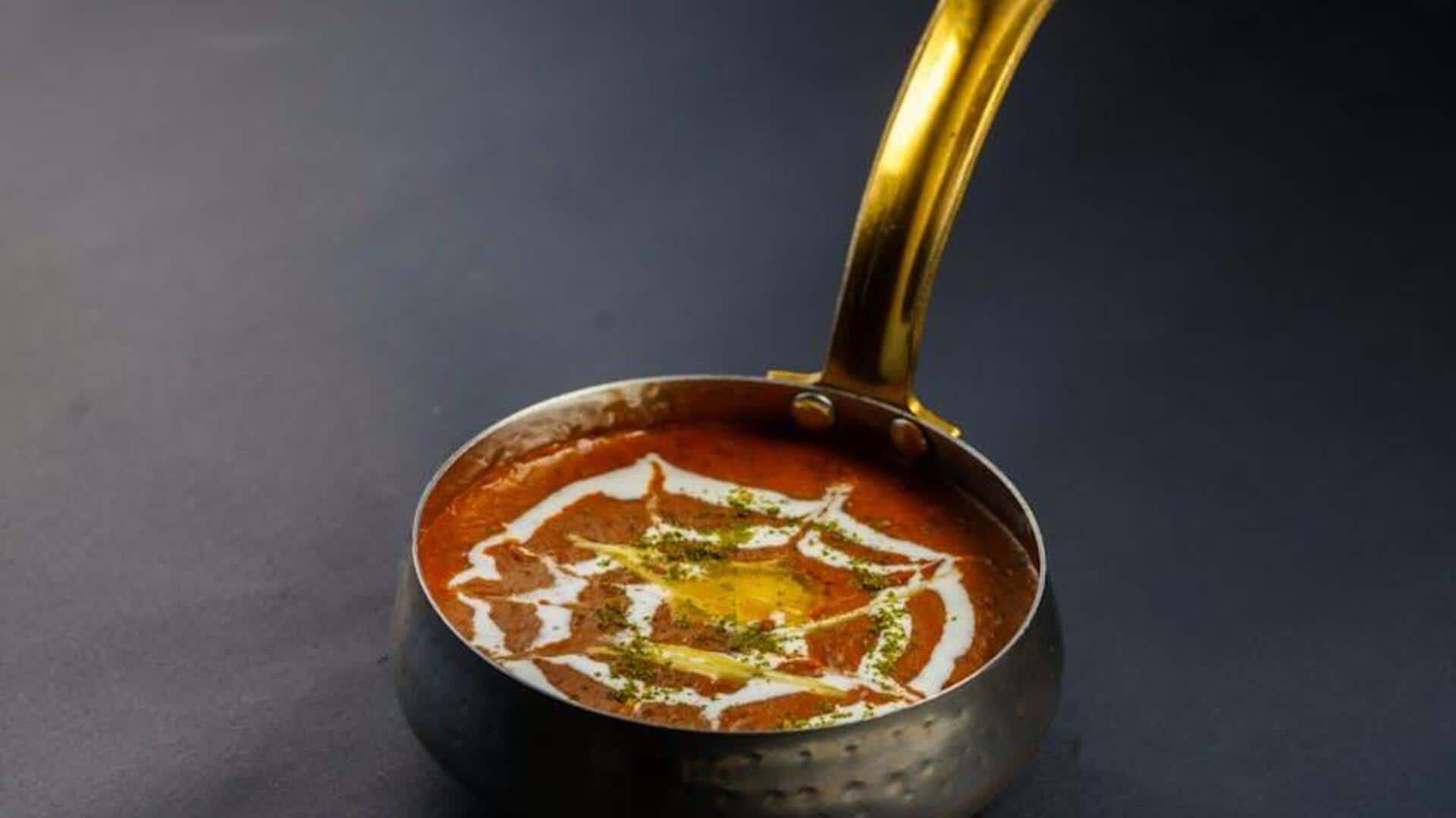
The evolution of dal makhani: Origin, history, and popularity
What's the story
From humble beginnings in regional kitchens, the Punjabi staple dal makhani has traveled all the way to the international acclaim. Rich, creamy and everyone's favorite, this dish has won hearts everywhere. Dal makhani's evolution is a testimony to wider trends in culinary globalization and adaptation. Here's how dal makhani went from being a local delicacy to global fame, one key moment at a time.
#1
Origins in Punjabi kitchens
Dal makhani traces its roots to the Punjab region of India, where it was traditionally made with black lentils and kidney beans. The dish was slow-cooked over hours to give its signature creamy texture. It was first a part of daily meals for Punjabi families, served with rice or bread. The addition of butter and cream gave richness that came to define Punjabi hospitality.
#2
Influence of Partition on cuisine
The partition of India in 1947 further aided the spread of Punjabi cuisine across the subcontinent. As many Punjabis moved across India, they took their culinary traditions with them. Dal makhani started making its way to menus outside the Punjab, where people found comfort in familiar flavors amid displacement. This migration introduced the dish to new audiences who loved its hearty nature.
#3
Rise through Indian restaurants
As Indian restaurants became popular around the world in the late 20th century, dal makhani became a staple in their menus. Chefs modified traditional recipes to suit different palates without compromising on authenticity. The dish's charm was that it blended well with other Indian dishes like naan or biryani, etc., making it an ideal choice for diners trying Indian cuisine for the first time.
Tip 1
Modern adaptations and global reach
In the past few years, chefs around the world have played with dal makhani by adding local produce or changing cooking methods, without losing its soul. These changes have given new textures and flavors, while keeping the basic elements such as lentils and spices the same. Today, you can find its variants at eateries from street food stalls to high-end restaurants across continents.